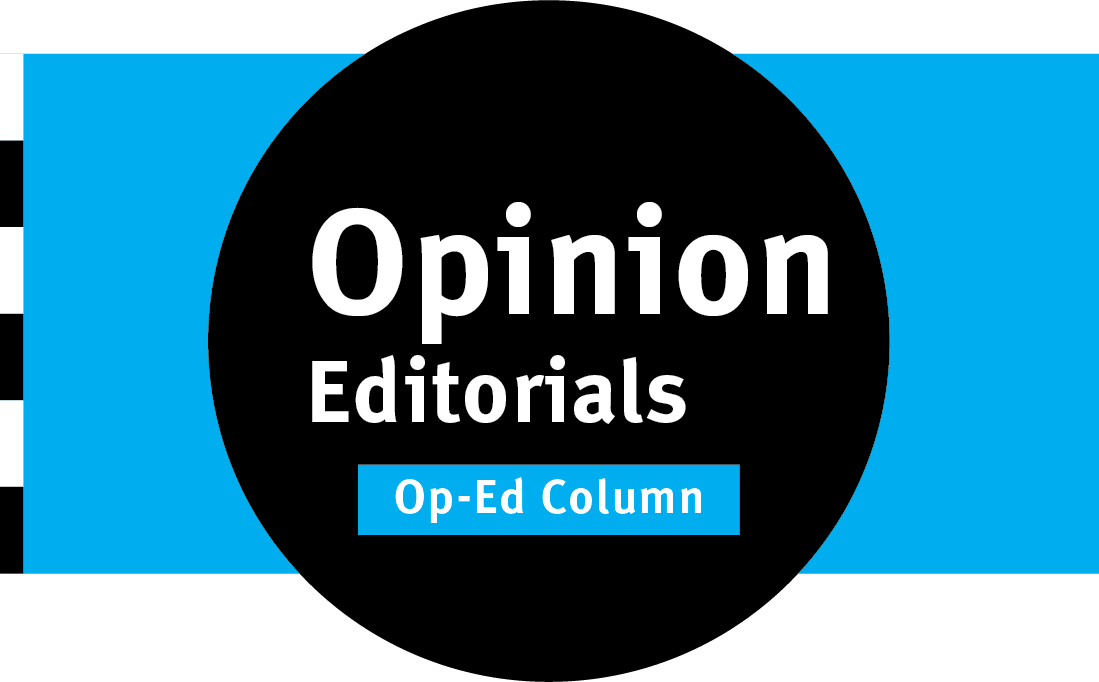By Eric Rozenman
(JNS) — After the murder of nearly 3,000 people in the United States by members of the Al-Qaeda terror group on Sept. 11, 2001, a recurrent, if at times implicit answer to the question “Why do they hate us?” became “the Jews.” Some 22 years later, when Hamas slaughtered 1,200 people and kidnapped another 250 in Israel on Oct. 7, 2023, such gleeful barbarity intensified antisemitism already surging through democratic countries.
One institution particularly well-placed to help combat the new-old Jew-hatred in America is the United States Holocaust Memorial Museum. Yet it has remained almost entirely on the sidelines.
Last October, the museum issued a statement noting it “is gravely concerned about the unprecedented antisemitism erupting — sometimes violently — on college campuses; city streets in the United States, Europe and beyond; all over the Internet … creating an environment of intimidation and threat to all Jews all over the world.”
Continued the museum’s chair, Stuart E. Eizenstat, “ … we are witnessing a horrific rise in antisemitism. College students, leaders and the broader public need to learn the history and lessons of the Holocaust — the dangers of unchecked antisemitism, the power of propaganda, and potential for complicity in group-targeted violence.”
In April, the museum issued a press release calling on universities to address rising Jew-hatred. “The shocking eruption of antisemitism on many American college and university campuses is unacceptable, and university and all other appropriate authorities must take greater action to protect Jewish students,” it asserted.
Where did those “pro-Palestinian” demonstrators chanting “Hitler didn’t finish the job” and “From the river to the sea, Palestine will be free” get their lessons of the past? Why does the power of their propaganda pivot on the destruction of the Jewish state and marginalization or worse of its supporters?
Responding to true believers in “Zionist racism” by opposing “hate” and calling for “tolerance” avoids the bedrock of contemporary Jew-hatred: Antisemitism was and is central to the anti-democratic left. Karl Marx and Fredrich Engels drew on classic Jew-hatred to advocate “scientific socialism.” In his 1843 essay, “On the Jewish Question,” Marx updated Martin Luther’s 1543 book On the Jews and Their Lies by elevating money, not the devil, as the Jews’ god. To advance a utopian workers’ paradise, Engels desired the annihilation of Europe’s many small “reactionary” minorities, none more reactionary than religious-nationalist Jews. The Bolsheviks deployed anti-Zionism — as at the 1920 Congress of the Peoples of the East in then-Soviet Azerbaijan—to try to incite Arab-Islamic rebellions against British and French colonialism.
Promoting its “final solution to the Jewish question,” Nazi Germany used the same playbook. Nazi-Islamist cooperation included World War II Arabic, short-wave radio broadcasts to the Middle East from Berlin. Most notable among such broadcasters was Haj Amin al-Husseini, a virulent anti-Western antisemite and the “George Washington” of Palestinian Arab nationalism. At their 1941 meeting, al-Husseini, the British-created grand mufti of Jerusalem, asserted to Hitler that Nazis and Arabs had the same enemies: Great Britain, Jews and Communists. Al-Husseini was also a font of early Islamist agitation. One of his countless listeners was a young Iranian whom the world later came to know as Ayatollah Ruhollah Khomeini.
But with 1930s European-style antisemitism echoing today rhetorically and sometimes in deeds, the museum has remained nearly mute on its primary causes. The museum, not surprisingly, embodies a liberal Western assumption that knowledge of the evils spawned by intolerance and hatred, exemplified by Naziism, will minimize the appeal of such deadly bigotry. But what if the assumption is wrong?
Shortly before his death in 2015, Robert Wistrich — professor of European and Jewish history at Jerusalem’s Hebrew University and head of the school’s Vidal Sassoon International Center for the Study of Antisemitism — wrote that “even today, Jews in Israel and the Diaspora are fixated on the dangers of far-right traditional antisemitism — whether racist, religious or nationalist. While neo-fascism has not altogether disappeared, it is in most cases a secondary threat.”
Further, he continued, “There is an illusory belief that more Holocaust education and memorialization can serve as an effective antidote to contemporary antisemitism. This notion, shared by many governments and well-meaning liberal gentiles, is quite unfounded. On the contrary, today ‘Holocaust inversion’ (the perverse transformation of Jews into Nazis and Muslims into victimized ‘Jews’) all-too-often becomes a weapon with which to pillory Israel and denigrate the Jewish people.”
The United States Holocaust Memorial Museum can perform an urgent service combating escalating anti-Zionist Jew-hatred. It could connect the dots from early Bolshevism through Adolf Hitler’s Berlin to post-World War II anti-Israel, pan-Arab nationalism, and neo-Marxist left and anti-Western, anti-Jewish Islamic fundamentalism. Will it?
Eric Rozenman is the author of From Elvis to Trump, Eyewitness to the Unraveling, Co-Starring Richard Nixon, Andy Warhol, Bill Clinton, the Supremes and Barack Obama!


